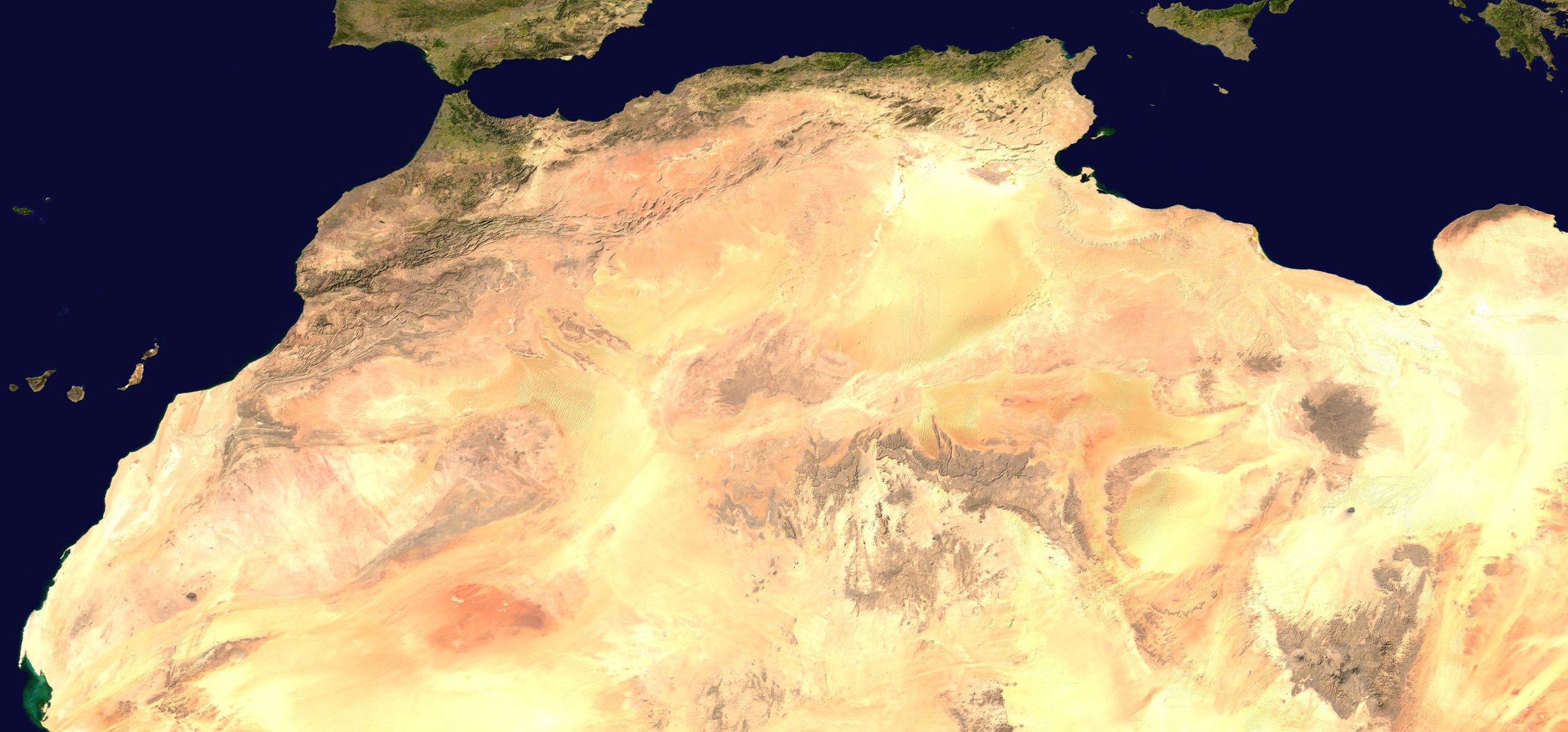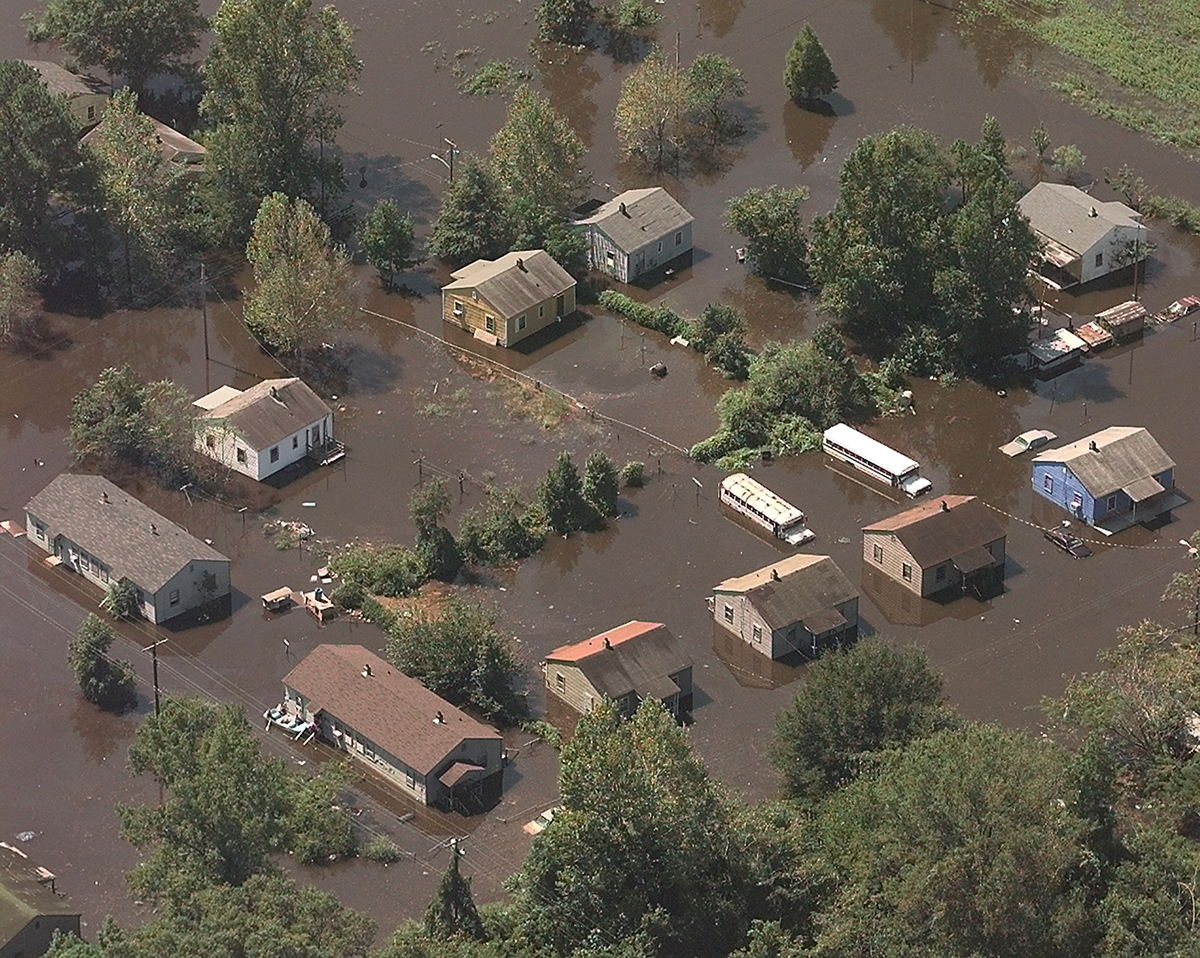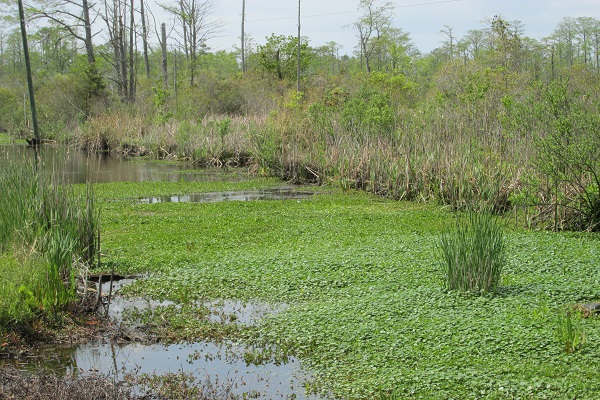Sea Grant in North Africa

Historians refer to the North African nations of Algeria, Morocco and Tunisia collectively as “The Maghreb” in Arabic, “the setting sun.” But for Walter Clark, The Maghreb is a horizon illuminated by possibilities. Clark, North Carolina Sea Grant coastal communities and policy specialist, is spearheading an effort that would extend Sea Grant’s research, education and outreach model to those North African countries. The effort would link university and scientific communities on both sides of the ocean.
The vision for this ambitious plan began to take shape in the fall of 2003 during an interagency, fact-finding mission to the Maghreb nations led by the U.S. State Department.
Clark represented the National Oceanic and Atmospheric Administration (NOAA), the parent agency of the National Sea Grant College Program. The group also included representatives from the U.S. Department of Energy and the National Science Foundation.
“The purpose of the trip was to identify common areas of interest with the hope of laying the foundation for long-term partnerships,” Clark explains.
The visiting team held more than 50 meetings in 10 days at various government ministries, universities and research facilities.
While researchers in all three nations are engaged in various fields of science and technology, few are engaged in applied research that is, matching research results with specific economic or social needs or goals.
“One of Sea Grant’s greatest strengths, is its ability to link university scientists and educators to outreach professionals who serve as conduits of information and knowledge to ‘users’ — business and industry, government and nongovernment organizations, and other educational institutions,” says Ronald G. Hodson, North Carolina Sea Grant director.
Representatives from each country expressed particular interest in the Sea Grant model for addressing vital coastal issues, says Clark.
Collaboration, he suggests could focus on watershed management, integrated coastal management, water quality improvement fisheries management and aquaculture development — well-proven Sea Grant areas of expertise that foster both economic growth and sustainable marine resources.
EXPANDING HORIZONS
Clark has proposed a multi-million dollar program to support long-term collaboration among scientists from the U.S. and the North African countries — and to extend the reach of an ongoing State Department initiative.
“It’s part of the administration’s program to foster collegiality and peace in the greater Mid-East region,” says Bob Senseney, the State Department senior advisor who led the fall 2003 mission. He is attached to the Bureau of Oceans and International Environmental and Scientific Affairs, Office of Science and Technology Cooperation.
Senseney explains that the U.S.-Middle East Partnerships Initiative (MEPI) was launched by the administration in 2002 to expand economic, political and educational opportunities for some 80 million people in that region — and to bolster relationships among partnering nations.
For his part, Senseney has been helping to pave the way for partnerships to form and flourish. Already, the Morocco Research Institute is working with its sister-lab, the Lawrence Livermore National Research Laboratory in California.
“We are looking to cultivate new ground for a broader scale of collaboration in a wide range of scientific fields,” he says.
There is a particular interest in Sea Grant’s expertise in coastal zone management, he says.
“Science and technology will strengthen ties between our country and each of the three countries — and among those countries — collaboratively and collectively,” says Senseney.
If approved, dark’s competitive grant-based program would be funded by MEPI and administered by NOAA Research International Activities Office in collaboration with National Sea Grant and North Carolina Sea Grant. The proposal still is wending its way through government channels, and funding is far from being a “done deal.”
Nevertheless, Algerian Embassy officials responded by naming Clark an Embassy Science Fellow. Building on the dialogue that began with the 2003 mission, the fellowship could mean an extended return trip to Algeria for Clark. This would provide time to forge research partnerships.
Ultimately, Clark would establish a cooperative extension network to deliver research results to users and to facilitate the transfer of research results into university curricula.
To achieve a positive outcome, Clark is calling on his past experience in the region to navigate its complex culture. In 1991, Clark headed up a United States Agency for International Development sustainable development initiative in the Sultanate of Oman. He helped develop a policy framework that would enable the expansion of tourism while protecting the coastal environment.
A MELTING POT
Novelists and screenwriters portray the North Africa region as a world of mystery and intrigue, perhaps best captured in the screen classic, Casablanca. In fact, it is a world whose character is shaped by history and colored by its varied cultures.
Algeria, Morocco and Tunisia are on the western edge of the Arab world — with portals to the Mediterranean Sea and Atlantic Ocean. Scholars point out that this region lies on the boundaries of modern and ancient, Christian and Muslim, Oriental and Occidental traditions.
The silver screen image not withstanding, Casablanca is a modern Moroccan city with wide boulevards and French-influenced architecture.
And, its Grand Mosque is just that — grand, Clark says. Built to honor the late Moroccan King Hassan II, it was meant to be the greatest mosque in the modern Arab world. The mosque sits at the edge of the Atlantic and, appears to float over water. From the pinnacle of the minaret, a laser beam that points toward Mecca can be seen from more than 30 miles away.
Casablanca as well as Rabat, the capital city, are portraits of contrast: old and new, rich and poor, he adds.
Morocco, which won its independence from France in 1962, is strategically located on the Strait of Gibraltar that connects the Atlantic Ocean and the Mediterranean Sea.
The team identified a set of environmental issues to target — in line with the nation’s commitment to sustainable development. Moroccan Princess Lalla Hasna, addressing the Foundation for Environmental Education recently, iterated her nation’s resolve to tackle water quality and waste treatment concerns, as well as desertification — the loss of productive land to arid conditions resulting from management or climate change.
In Tunisia, probably more for “local color” than real intrigue, Clark actually had to knock three times on the door of a Kasbah restaurant — The Hideaway. Tunis, he says, is a city of contrasts of color and sound. Members of the mission explored colorful markets along ancient alleys and cobblestone streets.
Located on the Mediterranean coast, Tunisia won its independence from France in 1956. It is characterized by only 18 percent arable land, mountains in the north, a hot dry central plain, and the desert in the south.
Its environmental concerns include limited natural freshwater resources, deforestation and desertification.
Algeria, three times larger than the state of Texas, is located on the Mediterranean Sea. Because of civil unrest, the visitors traveled in armored vehicles and were kept under tight security. Instability has delayed the country’s economic development.
“When you fly over the coast, it seems rugged and rocky. Everything seems crammed into the coastal margin,” Clark observes.
With few environmental laws in place, pollution is a critical issue, he says. “We found the people to be kind and generous and eager to collaborate.”
BRIDGES OF KNOWLEDGE
Conflict, distrust and even intrigue might be expected to spill over from the melting pot of Maghreb cultures.
While there is some political unrest and saber rattling over borders, there is a growing sense of harmony at the scientific level, Senseney notes. For example, there is ongoing discussion about pollution monitoring across borders.
The 2003 visit was highlighted by openness among members of the scientific community, admission of need, and willingness to collaborate.
In June 2004, the United States and Tunisia signed a formal, 10-year science and technology agreement that will pave the way for collaboration on an array of issues. Similar formal arrangements are in the works with Algeria and Morocco.
Scientific discussions and progress could help foster collaborative relations on the political level as well, or at least provide a structure for communication, Senseney says.
“It takes vision for people to look at the big picture and then take step by step, one piece at a time,” he adds. “Partnerships are vital to bringing together individuals who may not have an opportunity to talk and learn from each other.”
Clark agrees. He sees an opportunity to bring together top researchers to advance scientific, economic and political objectives.
“For everyone who collaborates, it’s an opportunity to learn about each others’ culture, way of thinking and from each other when it comes to dealing with coastal issues. We all will benefit from partnerships that we forge,” Clark concludes.
This article was published in the Autumn 2004 issue of Coastwatch.
For contact information and reprint requests, visit ncseagrant.ncsu.edu/coastwatch/contact/.
- Categories:


